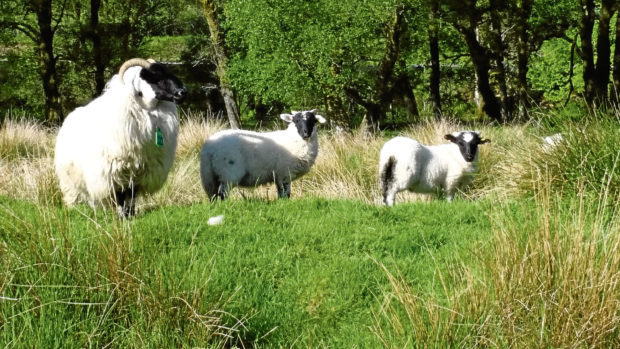Well-managed inbye grasslands are crucial to the sustainability of any hill sheep system.
They form the engine-block of the system and poor management can have a major impact on grass productivity and the availability of forage, particularly at tupping and lambing time.
However, regular reseeding of inbye grasslands occurs much less on most hill farms than in the 1970s and 1980s. As a result, perennial rye grass and white clover have been lost from the swards and their productivity and nutritional value has declined.
At Kirkton and Auchtertyre we hadn’t reseeded any of our 172 acres of inbye fields in over 20 years. And we had fallen into the bad habit of over-utilising these fields throughout the year.
So since 2012 we have implemented a programme of reseeding together with improved grazing management and rush control in a bid to improve the inbye grassland resource.
Detailed soil pH and nutrient mapping in 2013 and again in 2016 has been used to help deliver more targeted lime and fertiliser application. Since spring 2016 we have also been making much more use of the grass growth and moving stock out or in based on sward stick measurements.
Our reseeding programme has highlighted how low soil pH and high rainfall makes it difficult to establish white clover within the grassland sward. So we have also conducted some small-scale plot trials looking at alternative nitrogen-fixing legume species.
In addition to the experimental work we have also been working in partnership with colleagues in SAC Consulting who have organised a farmers grassland group which has met at the farms nine times over the last three years.
